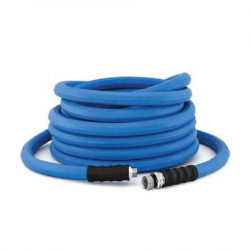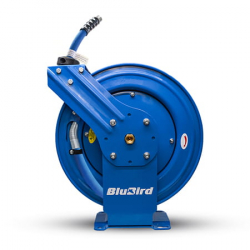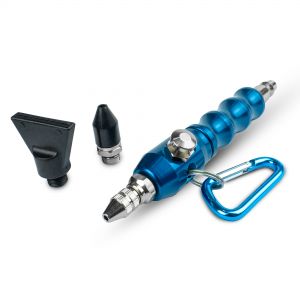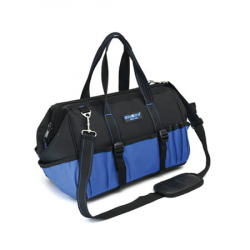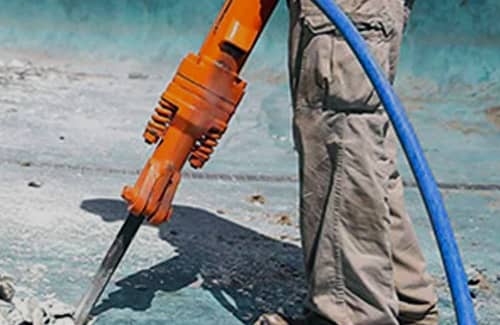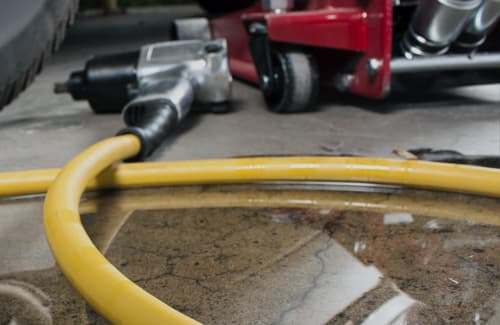You don't have any items in your quote list.
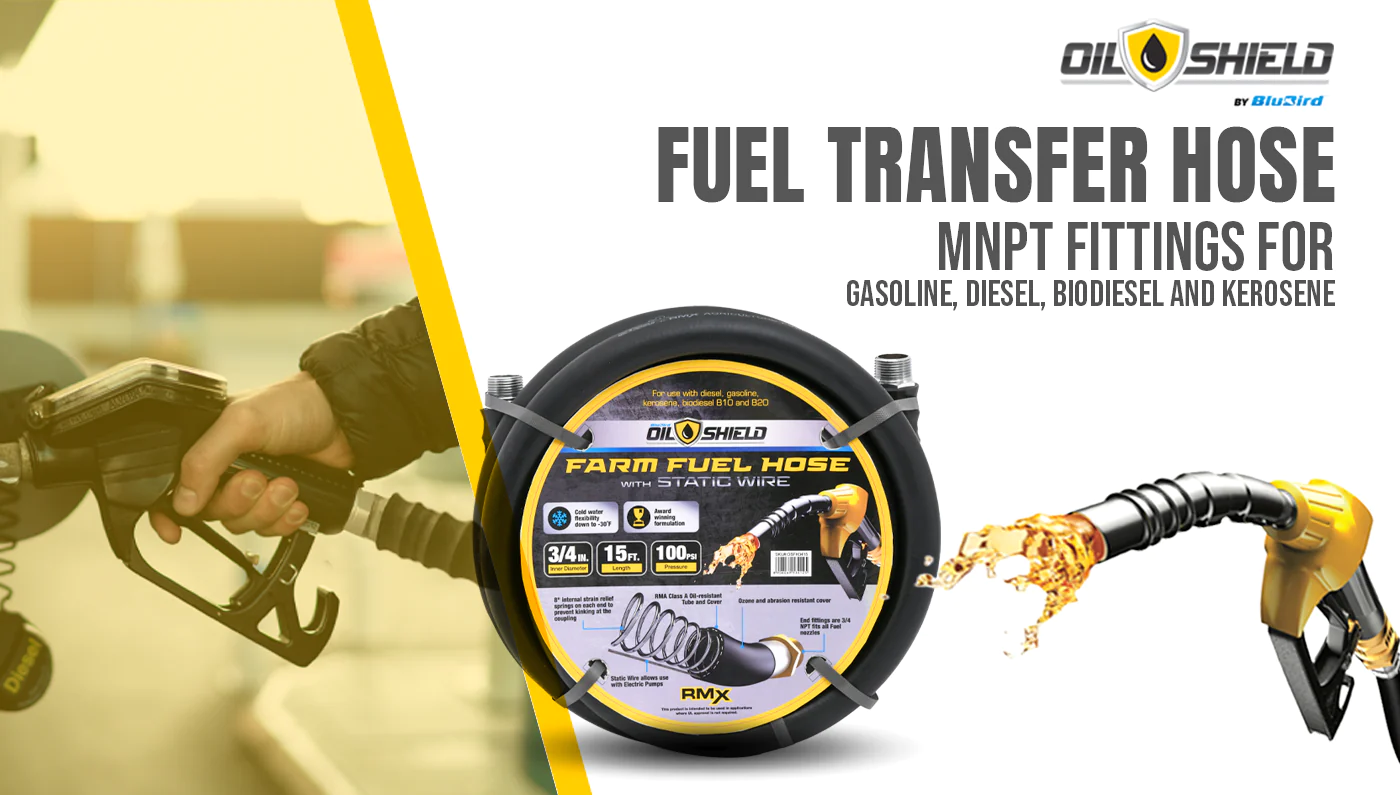
What Are Fuel Transfer Hoses & How to Maintain it?
June 28, 2023
To move fuel from one location to another or from a storage tank to a vehicle, a fuel line—also referred to as a fuel transfer hose or pipe—is employed. To avoid breakage and kinking, the gasoline line is often constructed of rubber that has been strengthened. Sometimes, even though they are in the undercarriage of the car and seem to be in a vulnerable spot, it is also built of plastic materials. They are placed in locations that are exposed to the weather, bad driving conditions, or extreme heat. Additionally, it cannot be harmed by the engine's motion.
A fuel line is defined as "any form of fuel transfer hoses or tubing constructed to hold liquid fuel or fuel vapor" by the Environmental Protection Agency of the United States. Any stainless steel hose reels or tubing for filler necks, connecting multiple fuel tanks, and attaching a carbon canister to the fuel tank must be included. It lacks any pipes or tubing that are exposed to the atmosphere, including those used to transport crankcase vapor into the engine's intake.
Building of Fuel Line
Each part of the fuel system is connected by pipes and fuel transfer hoses carrying fuel and vapour. These enable the transfer of fuel vapour as well as the supply of gasoline to the carburetor and the removal of surplus fuel from the tank. Routing gasoline lines is the most effective approach to keep them cool.The gasoline traveling through the fuel line evaporates more quickly than a fuel pump can provide suction if any element of the fuel line is susceptible to overheating.
Gasoline vaporization can also occur in fuel pumps with lower pressure or partial vacuum. Due to the vapor lock caused by this circumstance, the fuel pump only supplies vapor to the carburetor. Additionally, the vapor leaves the bowl vent without any fuel entering the engine.
Maintenance of Fuel Lines
Normally, the vapor-return line connects the gasoline tank to the fuel pump or fuel filter. The fuel pump has a unique outlet that is connected to this vapor-return line. Through this line, any vapor that develops in the fuel pump is sent back to the fuel tank.Additionally, extra gasoline pushed by the fuel pump can return to the tank through the vapor-return line. Due to constant circulation, this extra gasoline helps keep the fuel pump cool.
Some vapor-return lines contain an in-line check valve that stops gasoline from returning to the carburetor through the vapor-return line from the fuel tank. When the fuel pump is running normally, the pressure of the vapor it produces unseats the check ball, allowing the fuel vapor to flow to the fuel tank.
However, the pressure of the gasoline compels the check ball to sit, obstructing the line, if gasoline tries to feedback to the carburetor. A vapor separator may be positioned between the fuel pump and the carburetor in various fuel systems.

